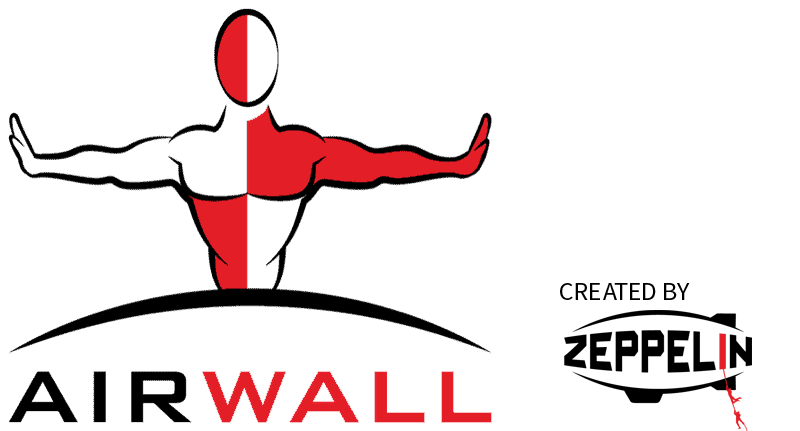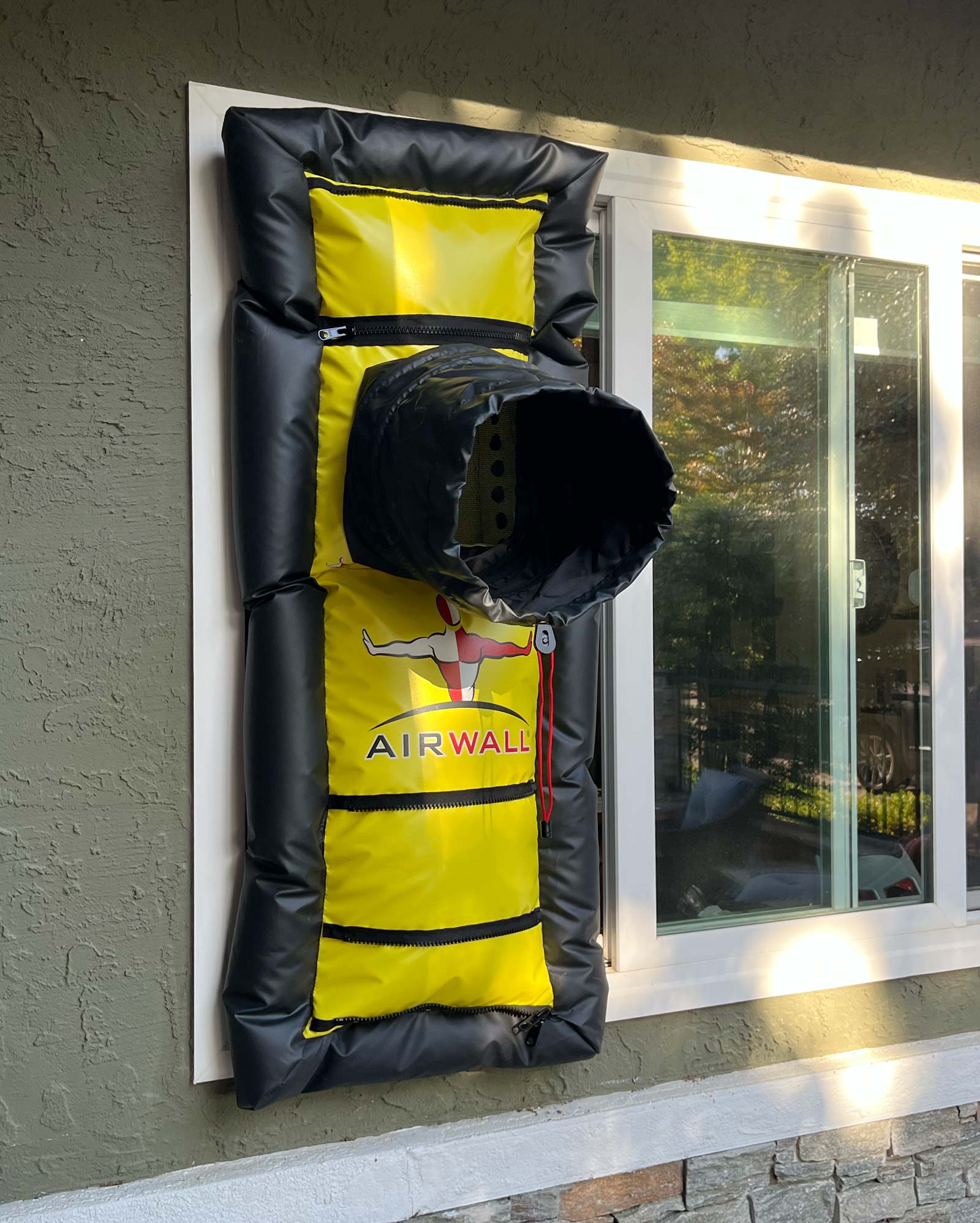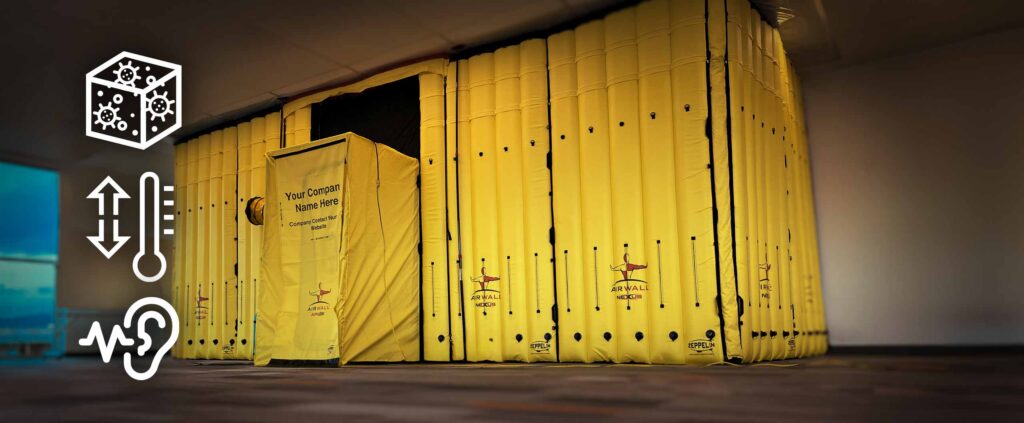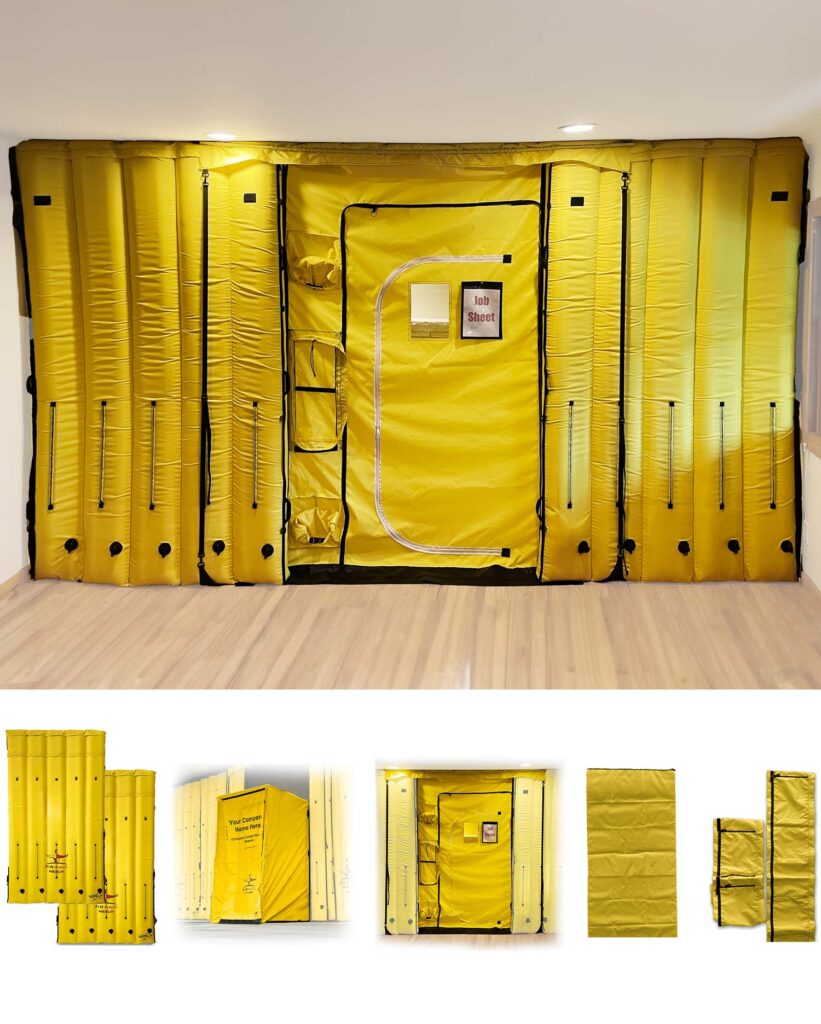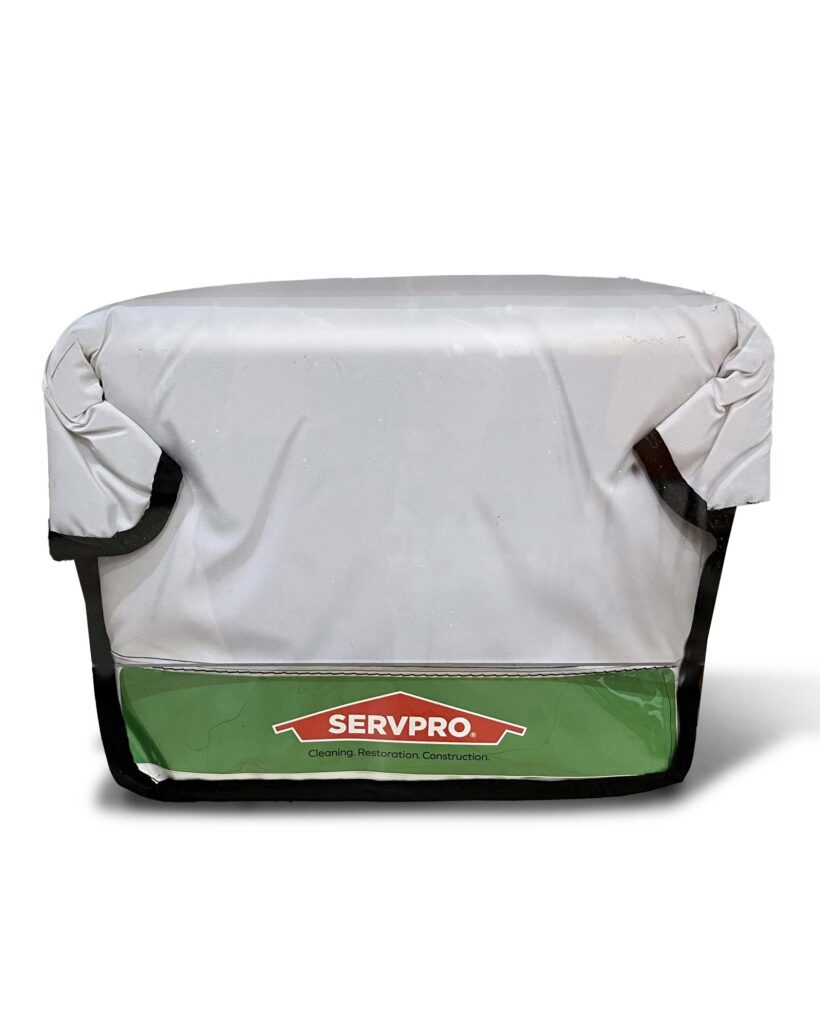Creating an effective containment system is vital for various restoration projects, whether you’re dealing with water damage, mold remediation, or dust control during construction. The AIRWALL containment system by Zeppelin Guys offers a versatile and reusable solution for these needs. This step-by-step guide walks you through the setup and dismantling process, and provides tips for ensuring effective containment, maintaining air quality, and using the system for different types of projects.
Understanding AIRWALL
AIRWALL systems are designed to be quick to set up, reusable, and adaptable to different environments. They are made to be used with your existing air movers, significantly reducing noise levels while providing a full-service containment solution.
Step-by-Step Setup Guide
1. Preparation
Before you begin setting up the AIRWALL system, ensure you have all the necessary components:
- AIRWALL units
- Air movers or negative air machines
- Sealing materials (if required)
- Measuring tools
2. Site Assessment
Evaluate the area where the containment system is supposed to be set up. Take the time to identify the boundaries and any obstacles that may affect the setup. Use your measuring tools to figure out the dimensions to ensure you select the appropriate AIRWALL units.
3. Setting Up the AIRWALL
A. Positioning the Units
- Place the AIRWALL units around the perimeter of the containment area.
- Ensure that the units are firmly placed and stable. Adjust the height and width as necessary to fit the space.
B. Sealing the Edges
- Use the provided sealing materials to secure the edges of the AIRWALL units to the walls, floor, and ceiling. This step is crucial to ensure no air leaks and to maintain the integrity of the containment.
C. Connecting Air Movers
- Attach your air movers or negative air machines to the designated ports on the AIRWALL units. Ensure a tight fit to maintain proper airflow.
4. Creating the Containment Environment
A. Negative Air Pressure
- For projects involving mold or dust, creating a negative air pressure environment is essential. Turn on the air movers to start extracting air from the containment area. Monitor the pressure to ensure it remains consistently negative.
B. Positive Air Pressure
- In situations where you need to protect the interior space from external contaminants, such as in medical or sensitive restoration projects, you may need a positive air pressure setup. Adjust the air movers accordingly to blow clean air into the containment area.
Tips for Effective Containment
1. Ensure a Tight Seal
Double-check all seals and connections to prevent air leaks. Even small gaps change the effectiveness of the containment.
2. Monitor Air Quality
Use air quality monitors to keep track of particulate levels inside and outside the containment area. This helps ensure that your containment is working effectively and that there is no cross-contamination happening during restoration.
3. Regular Maintenance
Periodically inspect the AIRWALL units and air movers for any signs of wear and tear or damage. Clean the units after each use to maintain their efficiency and longevity.
4. Optimize for Different Projects
- Water Damage Restoration: Focus on creating a tight seal to contain moisture and prevent the spread of mold spores.
- Mold Remediation: Use HEPA filters in conjunction with the AIRWALL system to capture mold spores effectively.
- Construction Dust Control: Set up the containment in areas where dust generation is highest. Ensure that all gaps are sealed to prevent dust from escaping.
Dismantling the AIRWALL System
- Turn Off Air Movers: Begin by turning off the air movers and allowing any suspended particles to settle.
- Carefully Remove Seals: Gently remove the sealing materials, taking care not to damage the surfaces they are attached to.
- Disassemble the Units: Take down the AIRWALL units and pack them away securely. Make sure to clean and inspect each unit for any damage or wear.
- Final Cleanup: Perform a thorough cleanup of the containment area to remove any residual contaminants.
Setting up a reusable containment system with AIRWALL by Zeppelin Guys is a practical and efficient solution for various restoration and construction projects. By following this guide, you ensure effective containment, maintain air quality, and optimize the system for your specific needs. For more information on AIRWALL and its products, visit Zeppelin Guys. Choose AIRWALL and outperform your former plastic containment systems by 200-400 percent.
By adhering to these steps and tips, you’re able to create a safe and controlled environment for your restoration projects, ensuring the best outcomes for your clients and your business.
